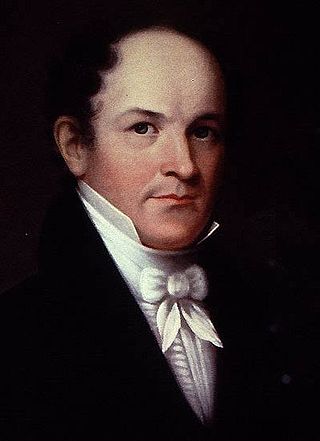
Thomas Nuttall was an English botanist and zoologist who lived and worked in America from 1808 until 1841.

John Torrey was an American botanist, chemist, and physician. Throughout much of his career, he was a teacher of chemistry, often at multiple universities, while he also pursued botanical work, focusing on the flora of North America. His most renowned works include studies of the New York flora, the Mexican Boundary, the Pacific railroad surveys, and the uncompleted Flora of North America.
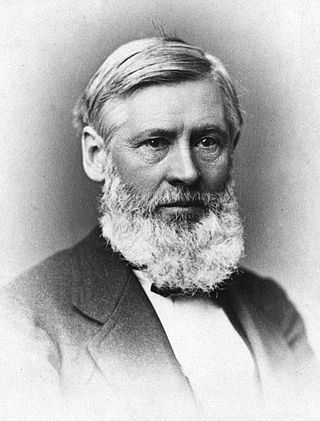
Asa Gray is considered the most important American botanist of the 19th century. His Darwiniana was considered an important explanation of how religion and science were not necessarily mutually exclusive. Gray was adamant that a genetic connection must exist between all members of a species. He was also strongly opposed to the ideas of hybridization within one generation and special creation in the sense of its not allowing for evolution. He was a strong supporter of Darwin, although Gray's theistic evolution was guided by a Creator.

Edward Tuckerman was an American botanist and professor who made significant contributions to the study of lichens and other alpine plants. He was a founding member of the Natural History Society of Boston and most of his career was spent at Amherst College. He did the majority of his collecting on the slopes of Mount Washington in the White Mountains of New Hampshire. Tuckerman Ravine was named in his honor. The standard botanical author abbreviation Tuck. is applied to species he described.

The United States Exploring Expedition of 1838–1842 was an exploring and surveying expedition of the Pacific Ocean and surrounding lands conducted by the United States. The original appointed commanding officer was Commodore Thomas ap Catesby Jones. Funding for the original expedition was requested by President John Quincy Adams in 1828; however, Congress would not implement funding until eight years later. In May 1836, the oceanic exploration voyage was finally authorized by Congress and created by President Andrew Jackson.

Charles Sprague Sargent was an American botanist. He was appointed in 1872 as the first director of Harvard University's Arnold Arboretum in Boston, Massachusetts, and held the post until his death. He published several works of botany. The standard botanical author abbreviation Sarg. is applied to plants he identified.

Alfred Thomas Agate was a noted American artist, painter and miniaturist.
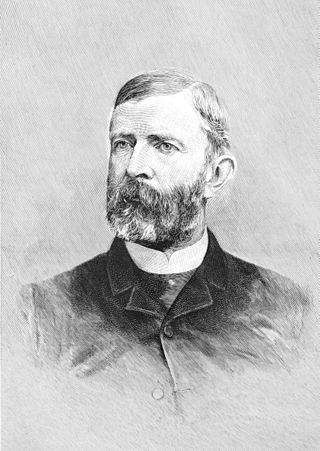
George Lincoln Goodale was an American botanist and the first director of Harvard’s Botanical Museum. It was he who commissioned the making of the University's legendary Glass Flowers collection.

Charles Wright was an American botanist.

Catherine 'Kate' Furbish was an American botanist who collected, classified and illustrated the native flora of Maine. She devoted over 60 years of her life, traveling thousands of miles throughout her home state and creating very accurate drawings and watercolor paintings of the plants she found.

The Boston Society of Natural History (1830–1948) in Boston, Massachusetts, was an organization dedicated to the study and promotion of natural history. It published a scholarly journal and established a museum. In its first few decades, the society occupied several successive locations in Boston's Financial District, including Pearl Street, Tremont Street and Mason Street. In 1864 it moved into a newly constructed museum building at 234 Berkeley Street in the Back Bay, designed by architect William Gibbons Preston. In 1951 the society evolved into the Museum of Science, and relocated to its current site on the Charles River.

The Harvard University Herbaria and Botanical Museum are institutions located on the grounds of Harvard University at 22 Divinity Avenue, Cambridge, Massachusetts. The Botanical Museum is one of three which comprise the Harvard Museum of Natural History.

Anne Pratt was a botanical and ornithological illustrator and author from Strood, Kent.

Oakes Ames was an American biologist specializing in orchids. His estate is now the Borderland State Park in Massachusetts. He was the son of Governor of Massachusetts Oliver Ames and grandson of Congressman Oakes Ames.

Jacob Bigelow was an American physician, botanist and botanical illustrator. He was architect of Mount Auburn Cemetery in Cambridge, Massachusetts, husband to Mary Scollay, and the father of physician Henry Jacob Bigelow. The standard author abbreviation Bigelow is used to indicate this person as the author when citing a botanical name.
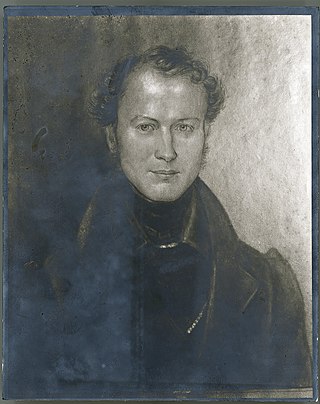
William Dunlop Brackenridge (1810–1893) was a British-American nurseryman and botanist.
The Boston Artists' Association (1841–1851) was established in Boston, Massachusetts by Washington Allston, Henry Sargent, and other painters, sculptors, and architects, in order to organize exhibitions, a school, a workspace for members, and to promote art "for the art's sake."
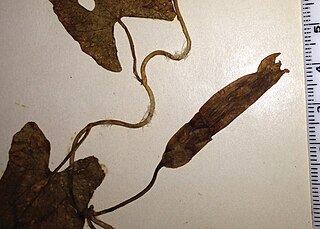
Caroline Priscilla Bingham was an American botanist who was one of the earliest American women to publish scientific papers on botany. She was an influential collector of botanical specimens discovering a new genus and several new species. As a result of her discoveries Bingham had a genus and several algae species named in her honor.

Charles Eliot Ware was a prominent Boston physician and the husband of Elizabeth Cabot Lee, their daughter being Mary Lee Ware. It is to him that the Harvard Museum of Natural History's famous Glass Flowers exhibit is dedicated to as a memorial, his wife and daughter being the sponsors of the project. Dr. Ware was also a close friend of John Holmes, the younger brother of Oliver Wendell Holmes Sr.
William Oakes was an American botanist.



















